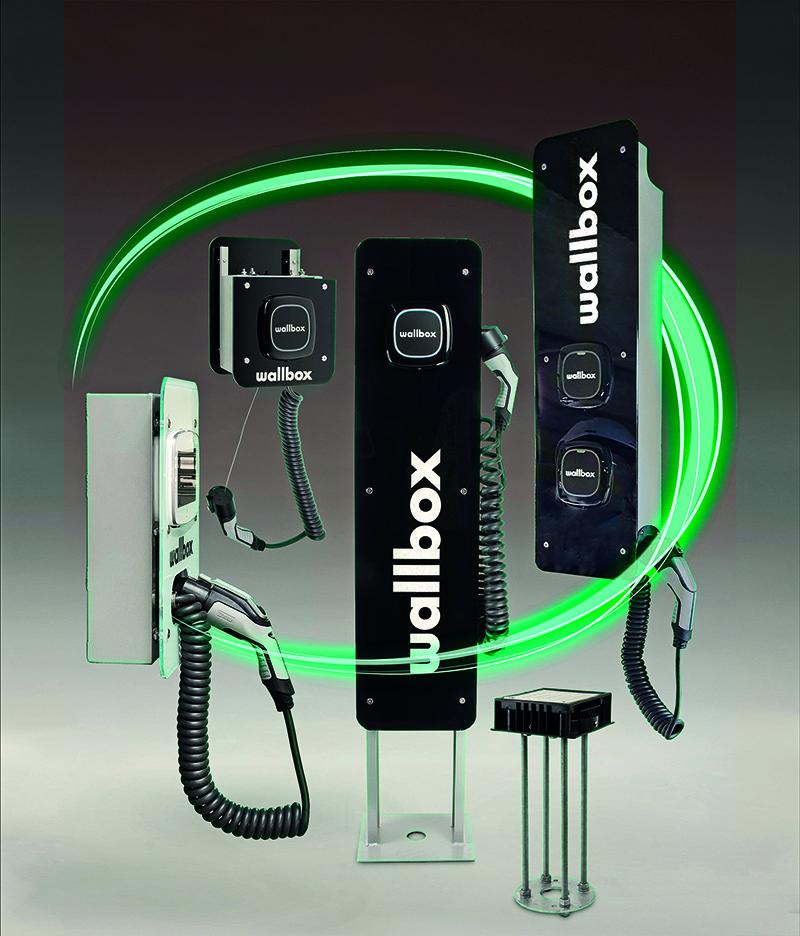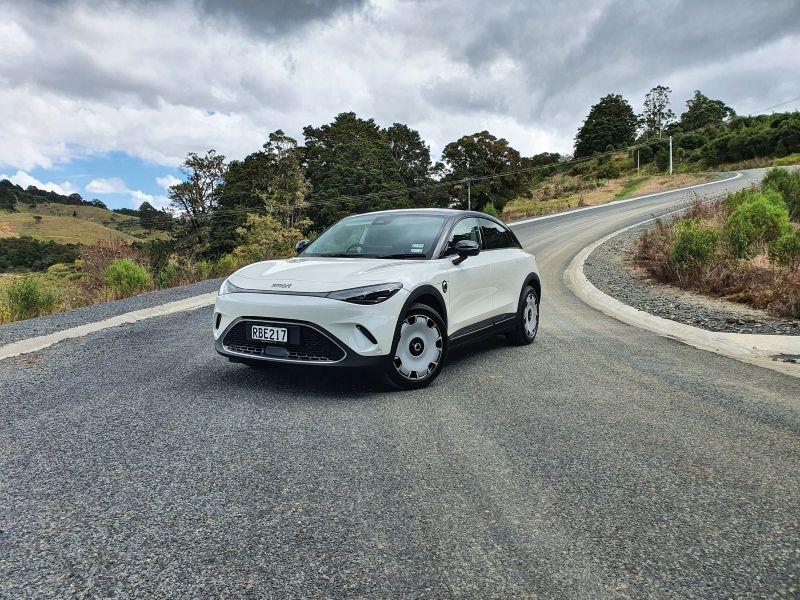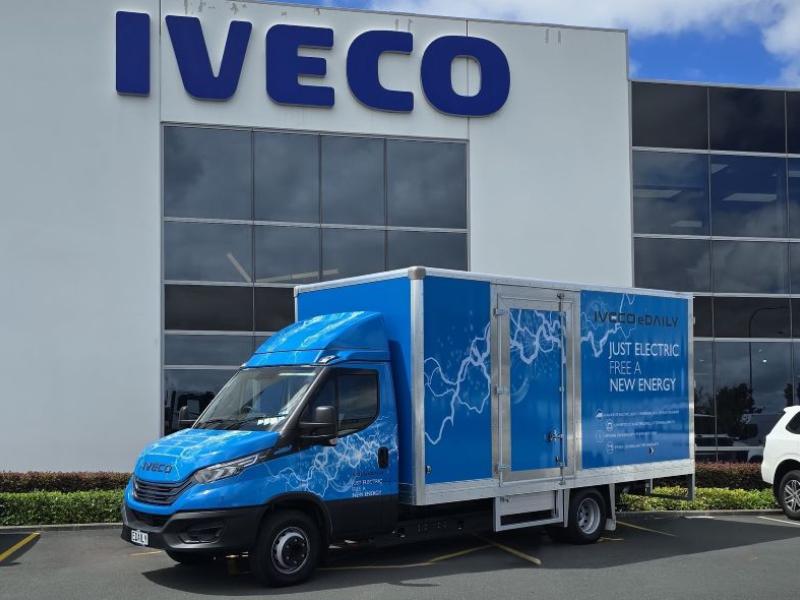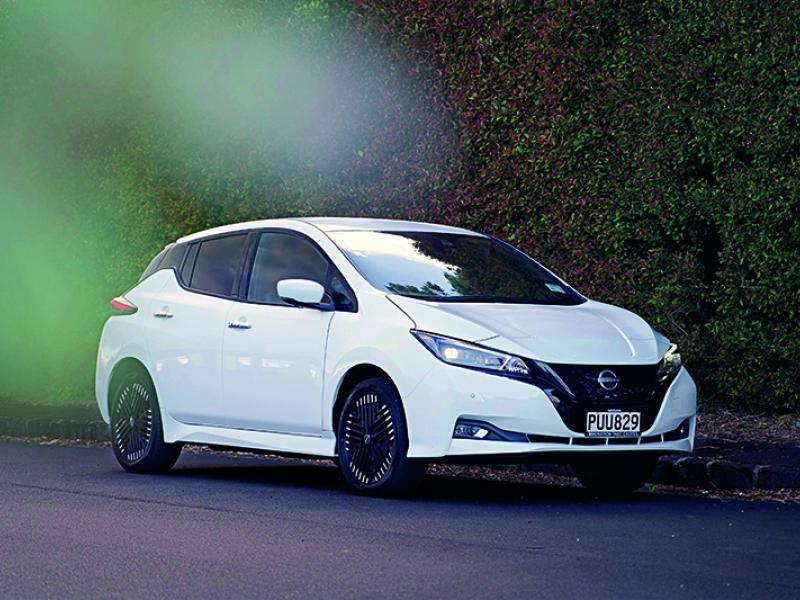As we head further down the electric vehicle highway, there must be a greater awareness and embracing of infrastructure, and the more corporate fleets encourage EV uptake for its employees, the broader that embrace must be.
It’s all well and good installing EV chargers at the place of work and this is the first step which most EV-embracing companies will have already thought about, if not put in place.
The next step is EV charging at home, which is now given to be the best time to charge an EV – when energy prices are low and when an EV gets its most effective top up for its most efficient use during the day.
TransNet, a 100 percent New Zealand owned and operated Carbon Conscious electrical infrastructure supplier to OEM, rail and the electricity industry, both here and throughout the South Pacific, has led the charge when it comes to embracing an electric-friendly future.
As such, TransNet is very active when it comes to staying abreast of the fast-paced trend that is electric vehicle and infrastructure development, to the point that when early adopting corporate entities committed to change, TransNet was there responding to their questions, their needs and ultimately providing effective solutions.
And now that the second phase of corporate business electrification is underway with employers looking to allow EVs to go home with employees, those corporates and employees are faced with the issue of home charger installations and billing for – the easy one – owner occupied homes or the more ticklish aspect of rental accommodation.
ICE company vehicles were simple, they all had a fuel card, charging at home brings another aspect to consider - reimbursement for charging at home.
TransNet NZ’s Glenn Inkster has already attended conferences and public forums with the TransNet solution which is still a step or two ahead of TransNet’s potential customers.
“We have developed a number of house charging solutions,” explains Glenn. “And up until recently, these very effective solutions have been for homeowners. We have been able to install charging systems using intelligent Wallbox products.
“These can safely and compliantly be retrofitted to a residential property, maximising cost effective and efficient energy use with that property incorporating electric vehicle ownership and management.”
If, however, the property is a rental and the occupant is an employee of a company wanting to integrate EVs into the fleet, the decision to install a Wallbox remains something to be negotiated with a landlord and there, the can of worms begins to open.
“There is a solution we can provide which results in a win-win-win,” says Glenn. “The employee benefits, the company benefits and the landlord benefits.
“The solution is as simple as what is effectively a blanking plate,” explains Glenn. “It’s a plate that fits over an existing power point and is ready to accept a Wallbox unit.
It is professionally wired into the home’s electrics and, as with an owned home is an effective way of preparing the rental property for EV owning renters, thus it improves the value of the property.
The Wallbox – owned by the employer – can then be wired into the wall socket for as long as the employee remains with the company or in the rental property.
Should a situation change occur, the Wallbox, being a transportable asset, goes back to the company or relocates to another property with the employee which would then only need another blanking plate installed, something to negotiate with the new landlord.
The landlord then has a property that is ‘EV ready’ and they could leave it as such or install a charge station of their own for future tenants, thus increasing the homes value.
As to the employee benefits, he or she enjoys the advantages of EV ‘ownership,’ establishes a good relationship with their landlord and is assured that the company has their health and safety top of mind.
On this last, at-home charging does require some consideration,” says Glenn. “For instance, the portable chargers supplied with the EVs themselves are like space saver tyres. They’re not designed to be used to charge the EV all the time; a permanent Wallbox system on the other hand, is.”
Extension leads should never, ever be used when it comes to EV car charging. Extension leads are designed for low current applications and, if used for higher power situations such as EV car charging, can overheat, potentially catch fire and at the very least charge the vehicle inefficiently.
Similarly, multipoint power boards or dual plug-in adapters should not be used when charging EVs.
So why a Wallbox from TransNet? As mentioned, TransNet is constantly staying ahead of the EV trend, and the development of the Wallbox is an excellent example.
Each TransNet supplied Wallbox offers Cloud-based access for configuring, monitoring and remote management of the charger as well as easy charge cost reimbursement calculations for the employee, in place of a fuel card for their company EV. It also means you can use a mobile phone or tablet to give complete control via Bluetooth, thus normalising EV ‘refuelling’ for new users.
For more information on at work/at home charging solutions, visit www.evc.co.nz.






